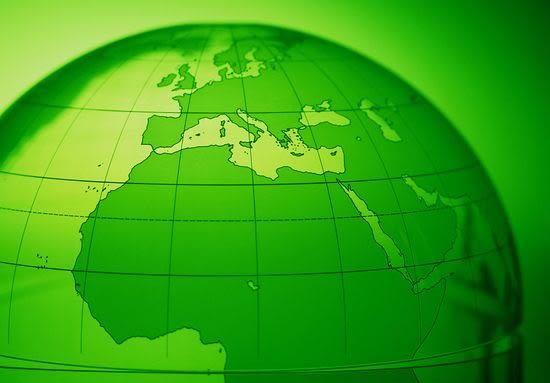For brand owners the issue of sustainability is high on the agenda. Procter and Gamble is a leader in this area with the guiding principle “to touch and improve lives, now and in the generations to come”. The aim is to switch to sustainable sources of materials in products and packaging including recyclate, and to replace 25% of petroleum-based materials by 2020.
The solutions should be affordable to consumers, who want to be “green” but can’t pay a premium, and also practical at a social level, for example, not requiring a separate waste bin. The company prefers bio-identical resins like the Braskem bio-sourced polyethylene from sugar cane feedstock, which provides a drop-in solution and can enter the existing recycling stream.
However this comes at a premium cost and Dr Emily Boswell commented that consumers expect the same packaging and price. Biodegradable renewable plastics may be useful in emerging markets without recycling facilities.

Japan leads the world in its application of bioplastics with Fujitsu and Sony using PLA in mobile technology in 2002. The NEC Corporation has an environmental action plan to use bioplastics in most of its hardware products by March 2018. It has developed materials specifically for electronic products, including flame-retardant polylactic acid (PLA), which is modified with aluminum hydroxide and other additives, giving a V-0 rating at 1.8-13 mm thickness.
This PLA is in use in the housing of business PCs. NEC has also developed a new cellulose-based material bonded with cardanol, which is extracted from cashew nut shells. The inventor Michio Komatsu of Nissei has developed an injection molding system for PLA and a Mucell foaming system can be added. It includes tools to optimise the cycle to provide the required crystallinity.
North American compounders are seeing increased demand for bioplastics materials as brand owners and processors look to the next stage of development. RTP Company is engineering compounds for demanding applications. For example, PLA has low impact properties and is very brittle if unmodified; compounding with a copolymer can raise the notched Izod impact strength to comparable levels to HIPS giving a 90% bio-content.
The heat distortion temperature (HDT) is low at around 120F; this can be raised by alloying, increasing the crystallinity, or by adding glass fiber or mineral. PLA is not recommended for areas of high heat and humidity such as dishwashers, because as with other thermoplastic polyesters it undergoes hydrolysis degradation, which in turn is a necessary precursor to biodegradation. The company is also working with nylons synthesized from castor oil giving up to 100% bio content, the product is around 3-5 times more expensive than conventional polyamide.
In Germany FKuR Plastics started as a research institute project and now it produces a total of 10,000 MT/year of bioplastics (the third largest bio-resin producer in Europe).
It has several products including a PLA for extrusion and injection molding and a cellulose material. The company’s main application markets are hygiene film, bags and pouches, general injection molding and automotive, with a lesser percentage going into mulch film and specialty areas.



